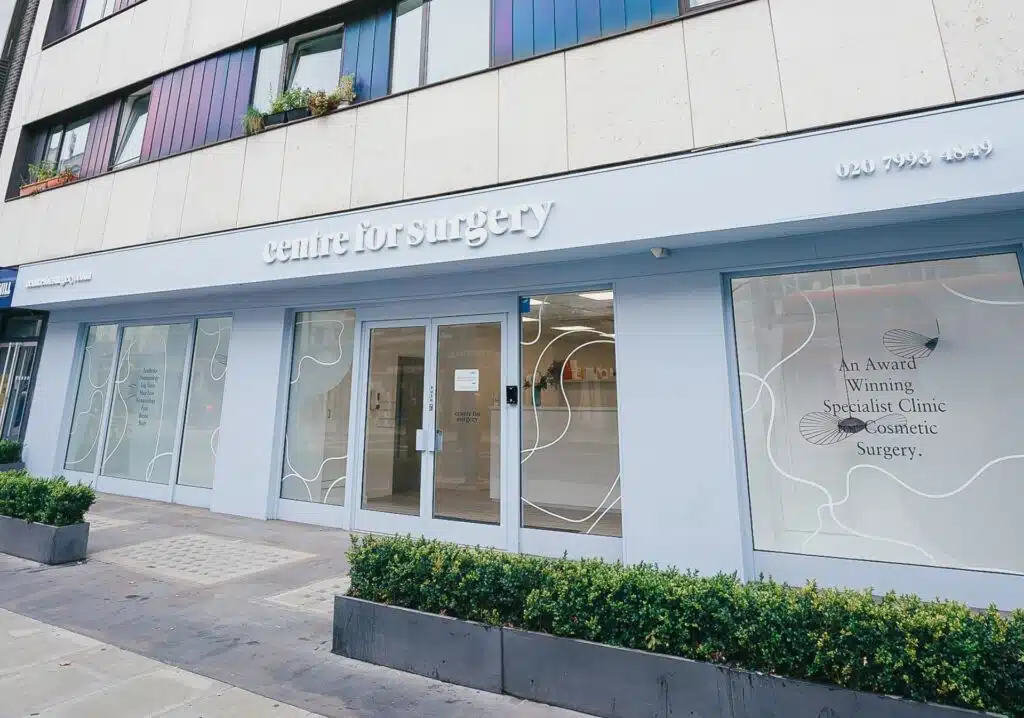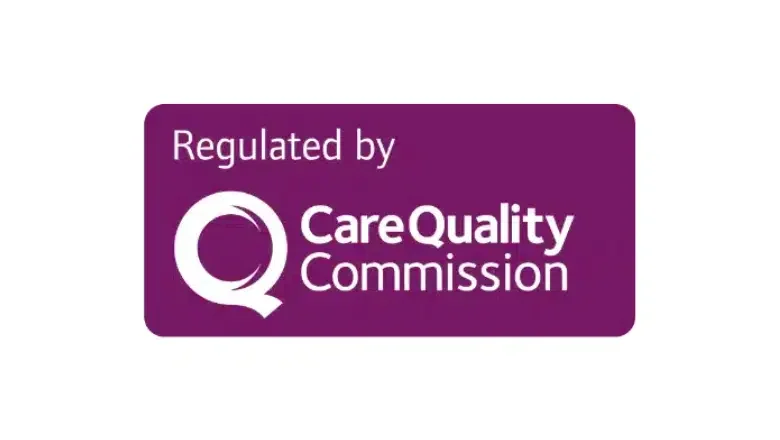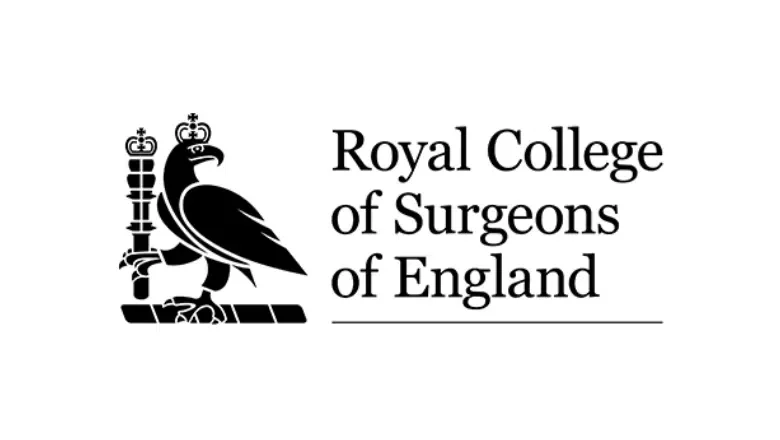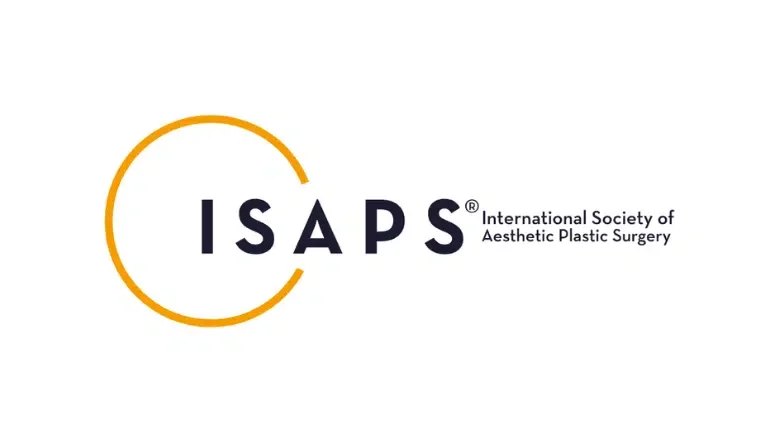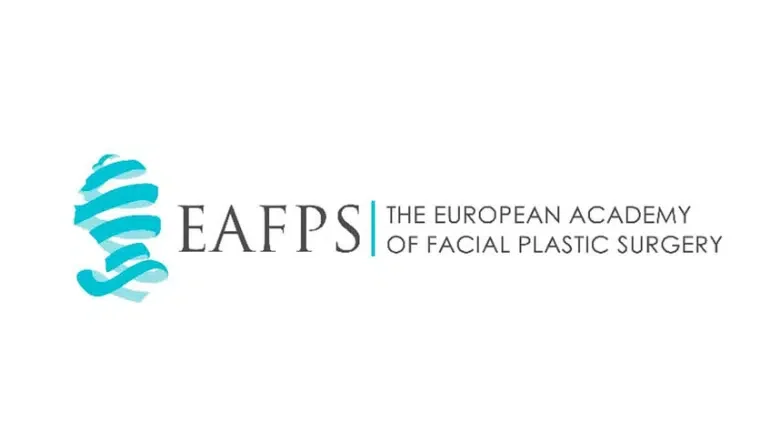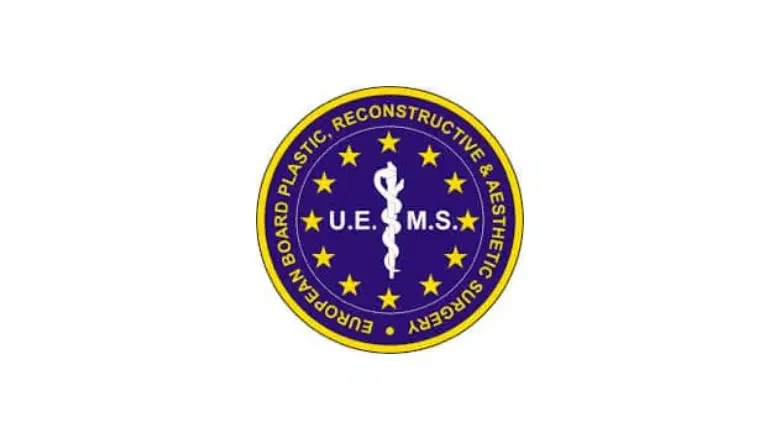Rhinoplasty is a surgical procedure which changes the size and shape of the nose. This is considered to be a popular procedure, as the nose is such a prominent feature of the face. However, the desired nose shape, size and method used during the procedure varies greatly with each different ethnicity.
The structure of the nose varies in different ethnic groups. Those of Caucasian origin will have different nose shapes than those who are Asian, African, Mediterranean or Middle Eastern. Each culture often has a different ideal nose shape. Therefore, the type of rhinoplasty performed is often vastly different. The skill of the surgeon rests in restoring the contours of the nose to be in harmony with the face as a whole to create a natural appearance.
Ethnic rhinoplasty is an appropriate procedure for those who are non-Caucasian and who are unhappy with the appearance, size or structure of their nose. This is a popular procedure for those from Asian, Middle Eastern, Afro-Carribean and Pakistani or Indian backgrounds. However, because of the different sizes and structures of noses from these various backgrounds, there is no “one-size-fits-all” ethnic rhinoplasty. The desired nose size and shape may look completely different from one ethnicity to another. Therefore, ethnic rhinoplasty involves a thorough consultation, as well as numerous different techniques to perform the procedure.
What is Ethnic Nose Surgery?
Ethnic rhinoplasty represents a specialised approach to nose reshaping that meticulously maintains the distinctive characteristics tied to one’s ethnic background. This tailored procedure is carefully designed to modify the nose’s appearance while honouring and preserving the unique features that reflect an individual’s ethnic heritage. The essence of ethnic rhinoplasty lies in its sensitivity and respect for the diverse beauty standards that vary from culture to culture, ensuring that the modifications blend harmoniously with the patient’s ethnic identity.
The concept of ethnic rhinoplasty has emerged as an innovative solution for individuals seeking to enhance their nasal aesthetics without erasing the physical markers of their ethnicity. It acknowledges the importance of cultural heritage in shaping our identity and offers a way to refine one’s looks without diminishing the rich tapestry of features that narrate the story of one’s ancestry. This approach is particularly appealing to those who place a high value on their cultural roots and wish to see their family’s history and ethnic heritage reflected in their appearance.
As this procedure gains recognition, it is becoming a popular choice for people who desire a more balanced and harmonious facial profile that aligns with their ethnic background. Ethnic rhinoplasty goes beyond the traditional goals of cosmetic surgery by fostering an inclusive vision of beauty, one that celebrates diversity and promotes self-acceptance. It stands as a testament to the evolving nature of aesthetic medicine, where individuality and cultural identity are not only acknowledged but celebrated.
Types of Ethnic Rhinoplasty
Who is a suitable candidate for ethnic rhinoplasty?
Before ethnic rhinoplasty, potential patients will have a consultation with the surgeon, who will discuss the patient’s wants and desired outcome. Features such as thin cartilage, thicker skin, wide nostrils, dorsal bumps and flat bridges will be analysed. This will help the surgeon know what procedure can be done and the candidate’s suitability.
Candidates for ethnic rhinoplasty must also be over 18 years old, non-smokers, and in good physical and mental health.
What happens during the procedure?
Prior to surgery, you will have a consultation with a surgeon, who will discuss your medical history, as well as your wants and needs for this procedure. This will allow you to know what the outcome of the procedure will be and what method will be used.
The rhinoplasty procedure will vary depending on the shape and size of the nose, and the desired outcomes. While each culture has a different nose shape and ideal nose shape, there are also many variants of nose shapes within each culture. There is never a one-size-fits-all ethnic rhinoplasty procedure.
Types of ethnic rhinoplasty procedures include:
- Those wanting a more defined nose: those with wide nostrils and bigger, flat noses often seek to have a more defined bridge and tip of the nose and make the nose narrower. In some cases, the skin will have to be grafted from a donor area, particularly for patients who have thick skin or thin cartilage. These skin grafts are then placed onto the nose to make the desired shape.
- Increase projection of the nose: this is particularly popular in Asian cultures, where the general nose characteristic is flat with a wide tip. To increase the projection of the nose, skin is grafted, generally from behind the ear, and placed onto the nose. In cases where the nostrils are to be narrowed, the nasal bones are broken and then reset.
- Reduction of dorsal hump: some people have a large bump on the bridge of their nose. The reduction size of the dorsal hump will vary depending on the individual’s wants. Either the open or closed rhinoplasty procedure can be used to reduce the dorsal hump.
No matter what type of rhinoplasty is being undertaken, the overall goal is to ensure the nose is harmonious with the other features of the face, such as the cheeks, chin, jaw and forehead.
Navigating the Recovery Journey After Ethnic Rhinoplasty
Recovering from an ethnic rhinoplasty is a unique process that varies from person to person, largely influenced by the specific details and complexity of the surgical procedure performed. While the recovery timeline can differ, a general outline of what to expect can help prepare you for the journey ahead.
After undergoing ethnic rhinoplasty, the initial phase of recovery is marked by the body’s natural healing response. Within the first two to four days post-surgery, your skin should start to show signs of healing. Most patients find themselves able to gradually resume their regular activities within two to three weeks, carefully navigating their return to daily life with a new sense of normalcy.
In the immediate aftermath of the surgery, it’s common to experience a range of symptoms, including mild pain, noticeable bruising, and swelling around the operated area. These reactions are a normal part of the healing process and typically begin to subside within the first 48 hours. To manage these post-operative symptoms, your surgeon may prescribe anti-inflammatory medications. You should avoid alcohol consumption for at least 24 hours following the procedure and refrain from touching, rubbing, or applying pressure to your nose for about two weeks to prevent any complications.
For those who rely on prescription glasses, it’s advisable to switch to contact lenses during the recovery phase to avoid placing any strain on the nose. Adhering strictly to your surgeon’s post-operative instructions is vital for ensuring a smooth and efficient recovery process. Among the recommendations your surgeon might make include applying ice to the affected area to reduce swelling, wearing a nasal splint to support and protect your nose, breathing through your nose to facilitate internal healing, sleeping with your head in an elevated position to minimise swelling, and maintaining a nutritious diet to support your body’s healing capabilities.
Following these guidelines closely not only aids in a quicker recovery but also contributes to the overall success of your ethnic rhinoplasty, helping you achieve the desired aesthetic outcome while preserving your unique cultural identity.
Ethnic Rhinoplasty: Preserving Your Cultural Identity Through Surgery
What Is the Ideal Age for Undergoing an Ethnic Rhinoplasty?
The optimal time for considering an ethnic rhinoplasty is once the nose has fully matured. For males, this typically occurs around the age of 18, while for females, the age is slightly earlier at 16. However, these ages are general guidelines, and the precise timing can vary from person to person. To ascertain whether your nose has reached its developmental maturity and if you’re a suitable candidate for this procedure, a detailed examination by a qualified surgeon is essential. This assessment ensures that the surgery is performed at a time when it can achieve the most stable and long-lasting results.
RELATED: What is the Earliest Age I Can Get a Rhinoplasty?
Is Ethnic Rhinoplasty the Right Choice for Me?
Choosing to undergo an ethnic rhinoplasty is a deeply personal decision that hinges on various factors, including your aesthetic goals and the significance of cultural identity in your life. Traditional rhinoplasty techniques often adopt a one-size-fits-all approach, which might not respect or preserve the unique facial features indicative of your ethnic background. Ethnic rhinoplasty, on the other hand, is specifically designed to enhance your nose while maintaining the distinct characteristics that reflect your cultural heritage. This approach not only aims to achieve a harmonious balance with your facial features but also considers the functional aspects, potentially reducing the risk of breathing difficulties and the need for further corrective surgeries. If preserving your ethnic identity while improving your nasal aesthetics is important to you, ethnic rhinoplasty could be a suitable option.
Can the Shape of Your Nose Indicate Your Ethnicity?
The shape and characteristics of your nose can indeed offer clues about your ancestry and cultural heritage. Various ethnic groups exhibit distinctive nasal features, influenced by genetic adaptations to their ancestors’ geographical environments. For instance, narrower nostrils are typically an adaptation to colder climates, helping to warm and humidify the air before it enters the lungs, while wider nostrils are more common among populations from warmer, more humid regions. While there is a modern fascination with achieving what some deem the “perfect” nose, characterised by specific angles and proportions, the ideal nose is one that naturally complements your other facial features, including your chin, and aligns with your cultural background. During a consultation for ethnic rhinoplasty, our surgeons will conduct an in-depth analysis of your facial structure to ensure that any modifications are aesthetically pleasing and culturally appropriate.
Is It Possible to Have a Subtle Nose Job with Ethnic Rhinoplasty?
Yes, it is entirely possible to achieve a subtle and natural-looking outcome with ethnic rhinoplasty. This specialised approach focuses on refining the nose’s appearance while preserving the inherent structures and characteristics that align with your ethnic background. By carefully adjusting the nasal bones, cartilage, and soft tissues without over-altering them, ethnic rhinoplasty aims to enhance your nose in a way that complements your overall facial aesthetics. This method ensures that the results do not appear overly artificial or give the impression of having undergone surgery, thereby maintaining a natural and harmonious look.

